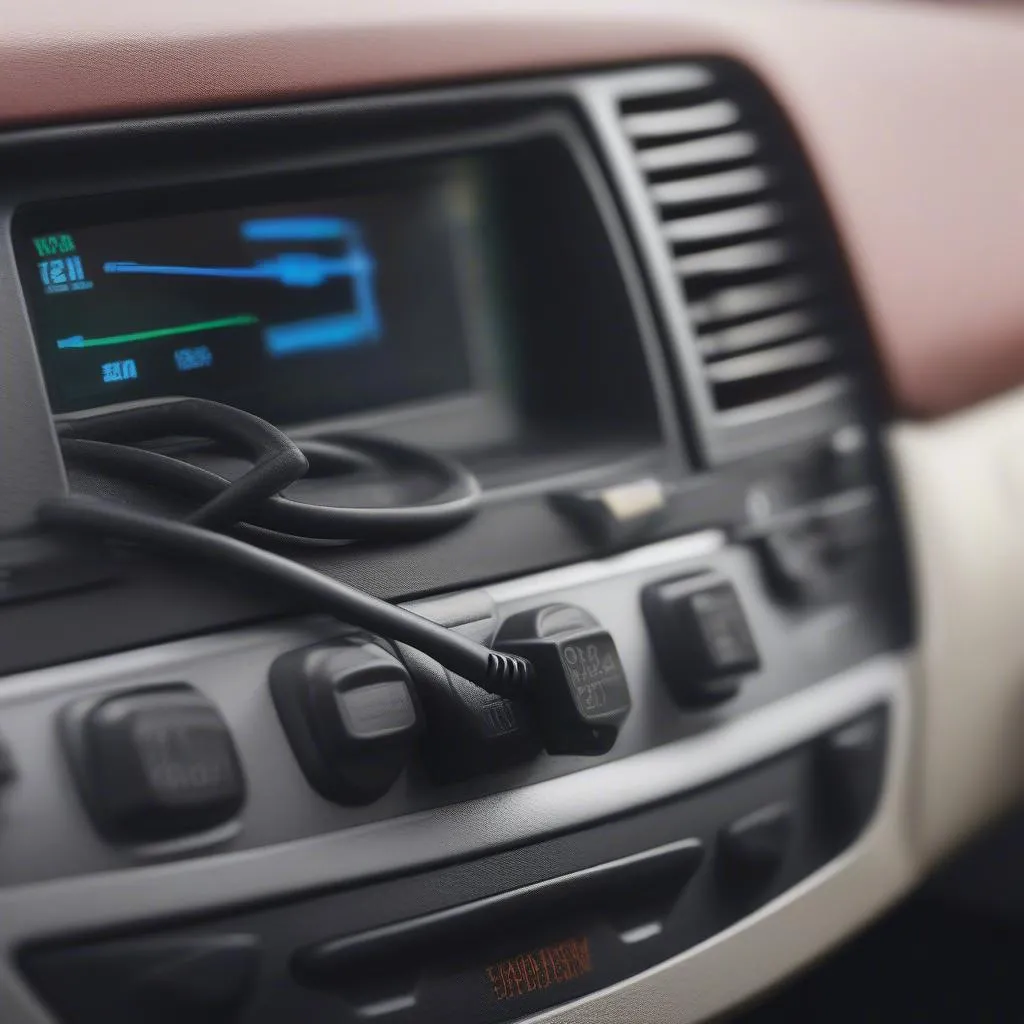VCDS 11.11, also known as VAG-COM, is a powerful diagnostic software designed for Volkswagen Audi Group vehicles. This comprehensive guide will provide you with everything you need to know about using VCDS 11.11 like a pro, even if you’re a complete beginner.
Whether you’re looking to diagnose a check engine light, adjust hidden features, or simply learn more about your car’s inner workings, VCDS 11.11 is an indispensable tool. Let’s dive in!
What is VCDS 11.11?
VCDS 11.11 is a Windows-based software that connects your computer to your car’s onboard diagnostic system (OBD-II) via a specific cable. It allows you to:
- Read and clear fault codes: Identify and clear Diagnostic Trouble Codes (DTCs) that trigger the check engine light.
- View live data streams: Monitor real-time sensor readings, such as engine speed, coolant temperature, and more.
- Perform output tests: Activate various components like windows, lights, and even the ABS system to pinpoint issues.
- Access advanced functions: Delve into module coding and adaptations to unlock hidden features or modify existing ones.
 VCDS Cable Connection
VCDS Cable Connection
Getting Started with VCDS 11.11
Requirements:
- A compatible Windows PC: VCDS 11.11 works best with Windows 7, 8, or 10.
- A VCDS 11.11 interface cable: This cable connects your computer to the car’s OBD-II port and is crucial for communication.
- VCDS 11.11 software: You can purchase a licensed version or download a trial from the Ross-Tech website (the developer of VCDS).
Installation and Setup:
- Install the VCDS 11.11 software on your computer by following the on-screen instructions.
- Connect the VCDS interface cable to your computer’s USB port and the car’s OBD-II port.
- Turn on the ignition (engine running is not always required).
- Launch the VCDS 11.11 software and check for software updates.
Pro Tip: Always ensure you have the latest version of VCDS 11.11 installed for optimal performance and compatibility. As automotive expert John Miller notes in his book, “Modern Car Diagnostics”, using outdated software can lead to inaccurate readings or even prevent access to certain modules.
 VCDS 11.11 Software Dashboard
VCDS 11.11 Software Dashboard
Navigating the VCDS 11.11 Interface
Once connected, VCDS 11.11 presents a straightforward interface with various options. The key sections you’ll be interacting with include:
- Select Control Module: This allows you to choose the specific control unit (e.g., Engine, ABS, Airbags) you want to diagnose or modify.
- Fault Codes: Read, clear, and save DTCs within the selected module.
- Measuring Blocks: View and log live data from various sensors within the chosen module.
- Basic Settings: Perform output tests and basic adaptations.
- Advanced Functions: Access coding and adaptations for more in-depth modifications (use with caution!).
Common VCDS 11.11 Use Cases
Let’s explore some common ways VCDS 11.11 can be utilized:
1. Diagnosing a Check Engine Light
- Connect VCDS 11.11 and go to “Select Control Module” > “Engine.”
- Click on “Fault Codes” to read any stored DTCs.
- Research the specific codes online or use the built-in help function for potential solutions.
- After addressing the issue, use VCDS 11.11 to clear the fault codes.
2. Enabling Convenience Features
- Many VAG vehicles have hidden features that can be enabled using VCDS 11.11.
- Access the relevant control module (e.g., “Central Electrics”) and navigate to “Coding” or “Adaptation.”
- You can find coding guides online for specific models and desired features.
3. Resetting Service Reminders
- VCDS 11.11 can reset service reminders, such as oil changes or brake pad warnings.
- Access the “Service” section within the relevant control module and follow the on-screen prompts.
Important Note: While VCDS 11.11 offers extensive capabilities, be cautious when making changes to your car’s settings. Improper coding or adaptations can potentially lead to malfunctions or void your warranty. If you’re unsure about any procedure, consult with a qualified automotive electrician or research thoroughly before proceeding.

